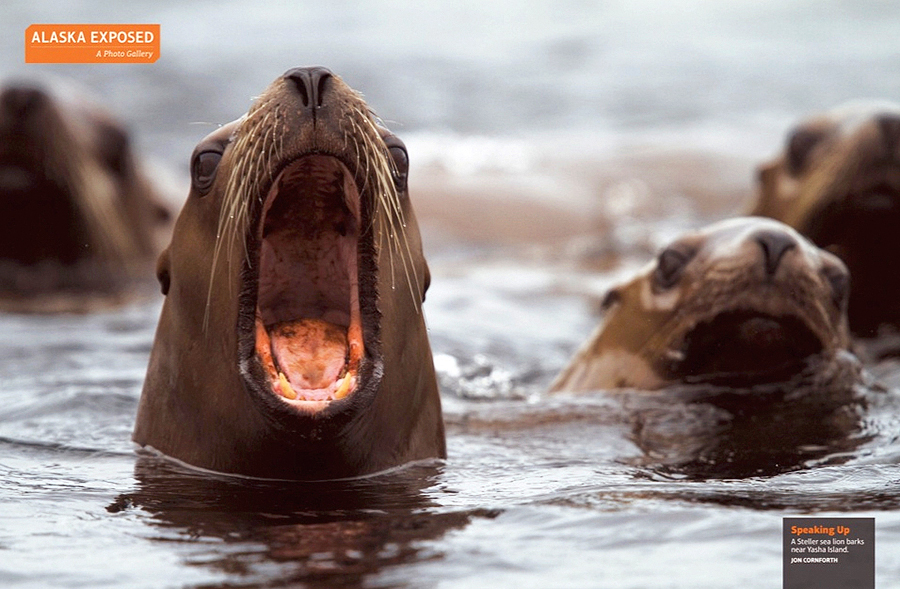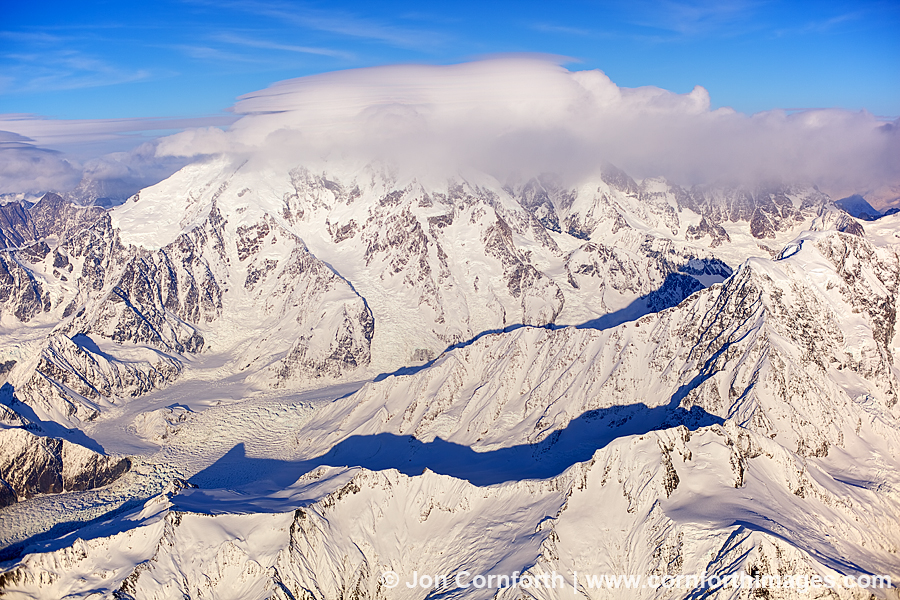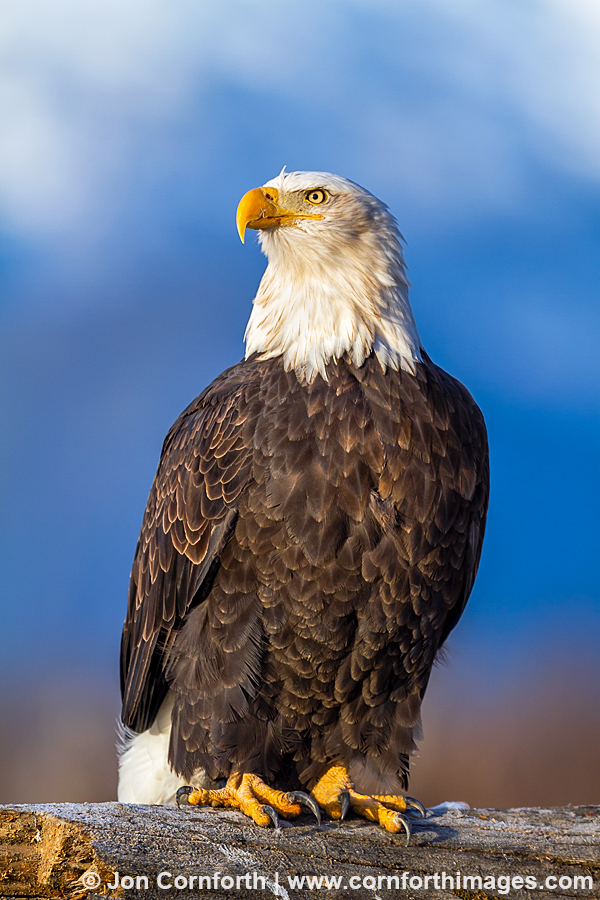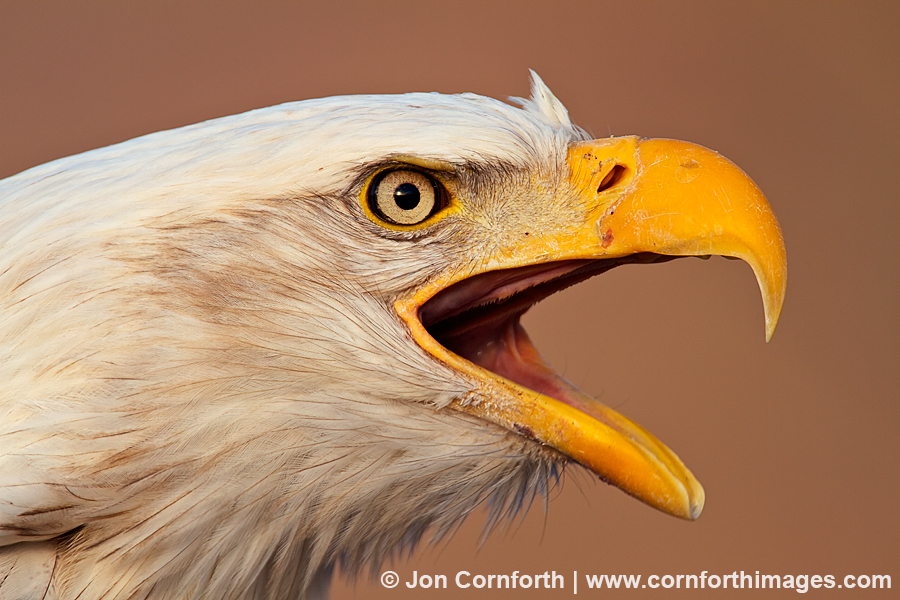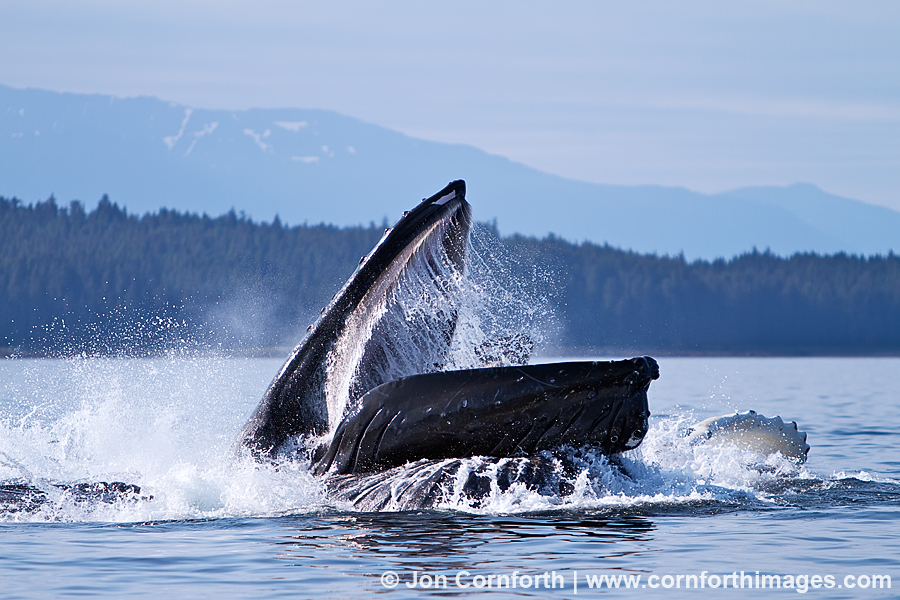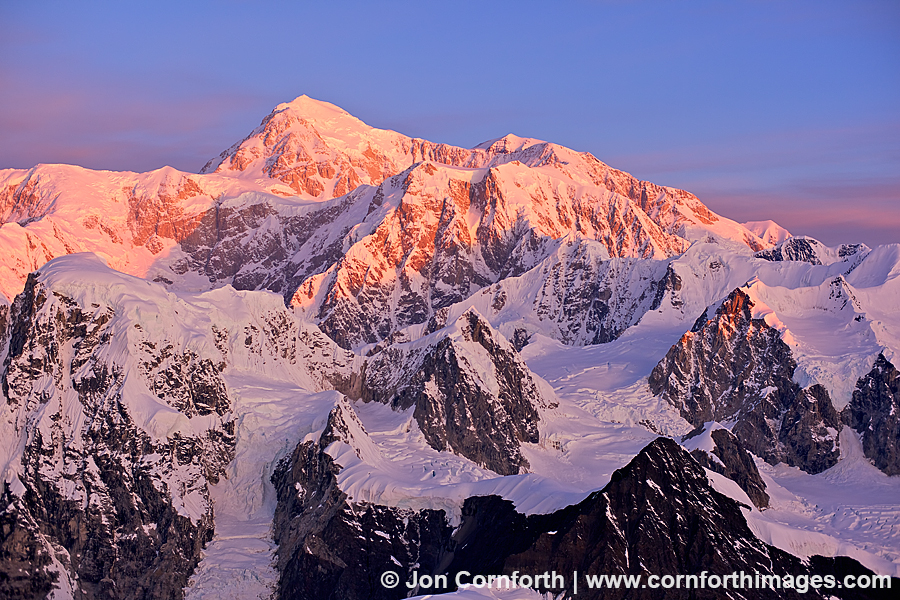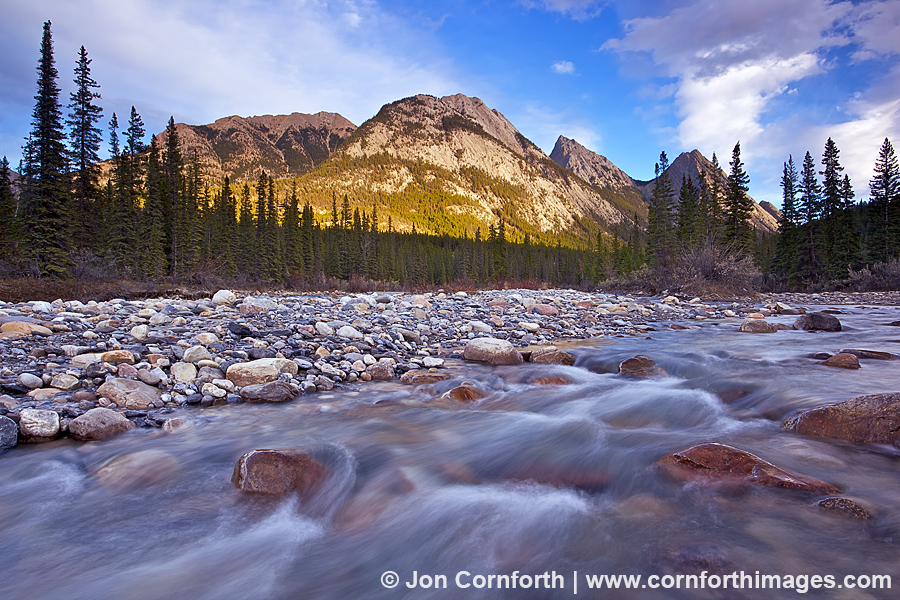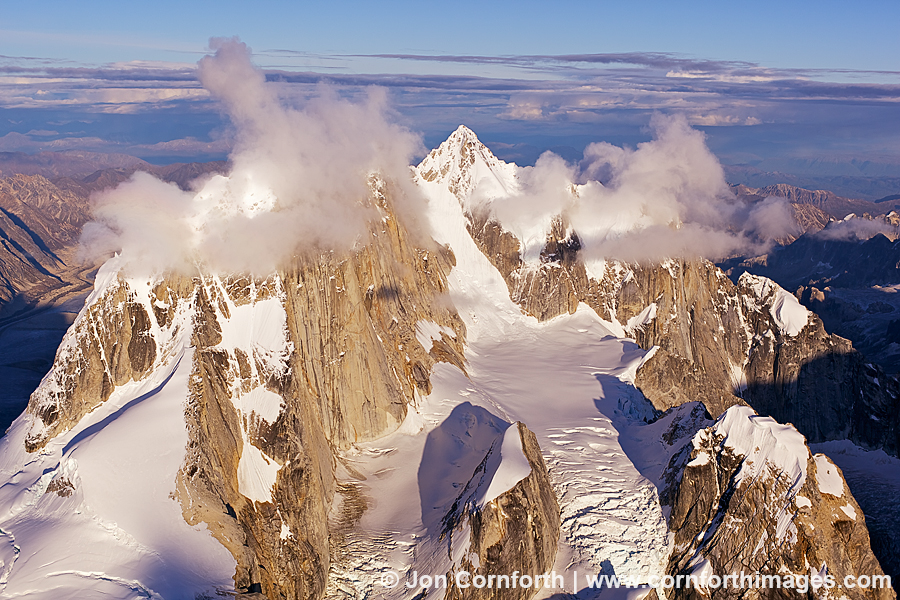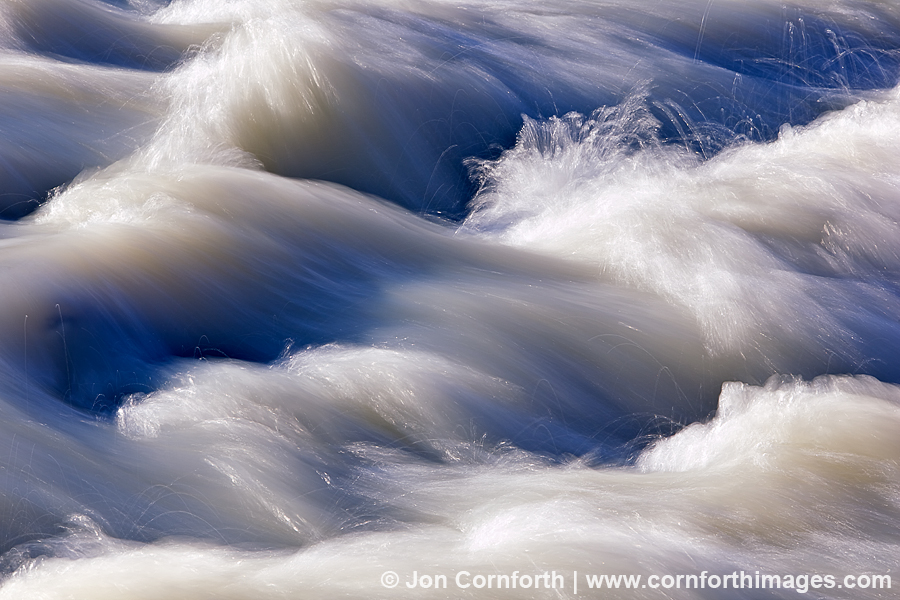In September, I took advantage of a week of spectacular weather in Alaska, and did some aerial photography of the Alaska Range. My primary ambition on this flight was to photograph Mt McKinley at sunset, but I departed Talkeetna airport early enough to also do some “sight-seeing”. As the small plane I chartered approached the mountains, we first flew up the dramatic Ruth Gorge. Back when I used to climb, I read a lot of mountaineering stories about the granite spires of the Ruth Gorge, so it was nice to finally see these monster walls for myself. I was particularly impressed with the Moose’s Tooth. Sunset light never penetrates this location due to the mountains above the Ruth Amphitheater, but in this image the clouds clinging to the summit ridge added a layer of drama. Since I no longer climb, I am unlikely to summit this granite myself, but I had an amazing experience flying so close.
When I shoot aerials, there are a few things that are required in order to create the images that I want. First, I need a pilot who is competent and knowledgeable of the local geography. Next, the window of the airplane must lift up or the door must be removed in order to have an unobstructed view. I need good communication with my pilot in order to tell him/her where to position the plane. Once on location, I need to decide quickly what is the best composition while the plane is moving and the light is changing. Finally, I use a normal lens like my Carl Zeiss 50mm f1.4 ZE lens to capture a wide shot that doesn’t include the wing of the plane. During each brief pass at my composition I take 10 to 20 photos at 4fps with my Canon 5DmkII. Once I’m back home editing my images, I look for the image with the strongest composition, nicest light, and, hopefully, a level horizon.
